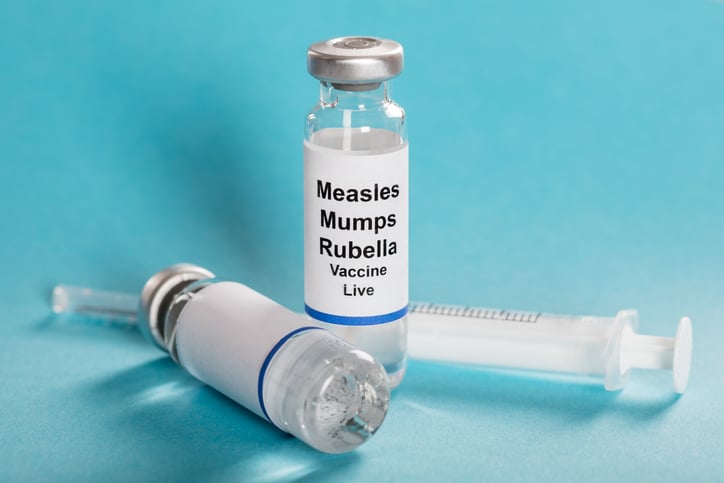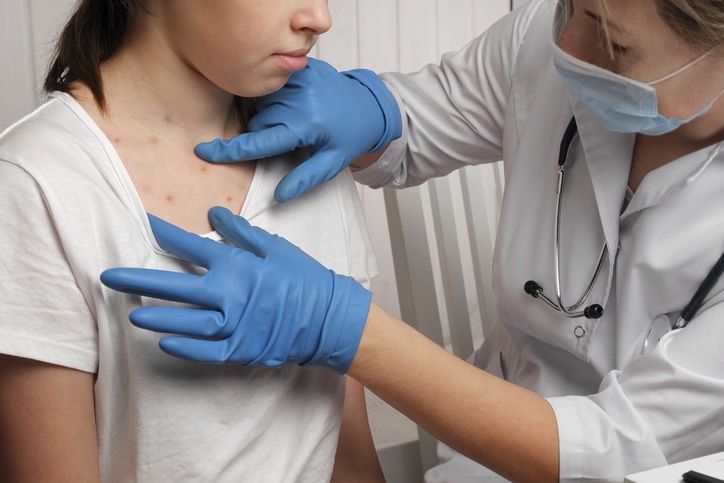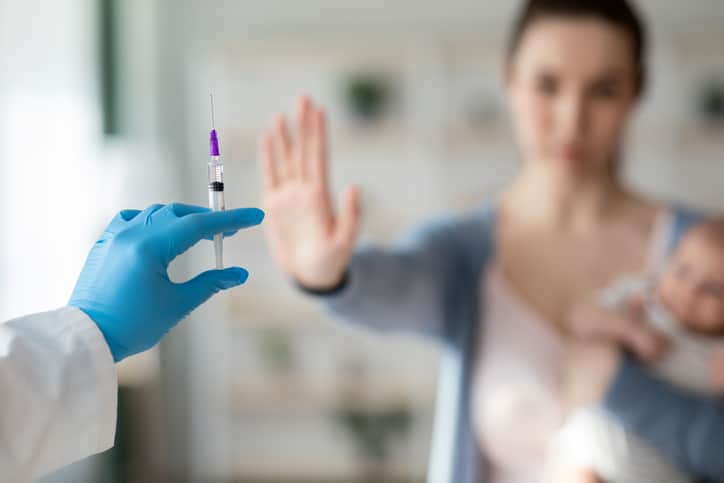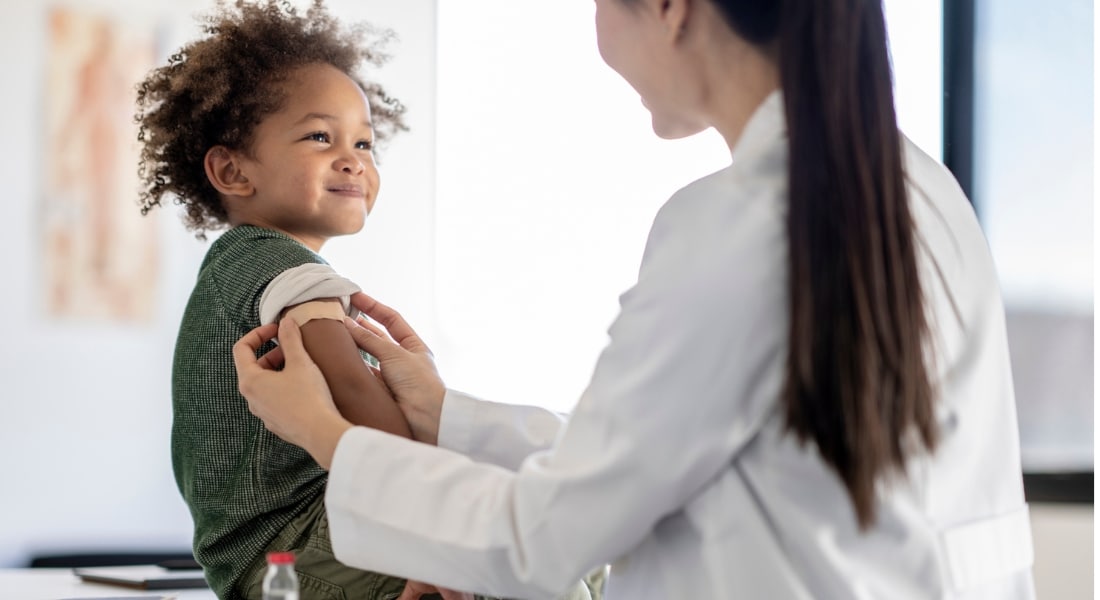Measles outbreaks at home and abroad have experts worried that the next virus we should fear may be the one that was wiped out in the U.S. almost 25 years ago.
Thanks to the measles vaccine, the deadly disease was all but eradicated in 2000. That year, vaccination coverage in the Americas stood at 93%. Today, that number has dropped to 84%, a shade above the global rate, according to the World Health Organization.
“Measles is far from gone,” says Kyle Oholendt, MD, internal medicine physician and pediatrician on the medical staff at Methodist Dallas Medical Center. “It is such a highly contagious virus that usually rates of vaccination in communities need to be above 90% in order to prevent outbreaks.”

PANDEMIC DISRUPTIONS
The U.S. vaccination rate dropped to 90% a few years ago before creeping back up above that critical threshold. However, the pandemic left routine vaccination efforts in disarray. By some estimates, 61 million doses of measles vaccine were missed between 2020 and 2022.
“COVID-19 did disrupt pediatricians’ efforts to vaccinate for measles, as well as other preventable diseases like the flu,” Dr. Oholendt says. “Outbreaks usually happen in communities where vaccination rates have fallen.”
In 2019, measles cases in the U.S. hit a 30-year high, with 1,274 cases in 31 states. A far larger outbreak hit the European Union last year, with over 30,000 cases reported, up from less than 1,000 in 2022.
“I don’t think you should ever get cocky when it comes to disease prevention,” Dr. Oholendt says.

UNDERSTANDING MEASLES
Measles is a highly contagious virus that spreads through the air when an infected person coughs or sneezes, much like COVID-19.
The infection begins with a cough, runny nose, red eyes, and a fever. The patient then develops a telltale rash of tiny red spots beginning at the head and spreading to the rest of the body.
“The best possible protection we can give to ourselves and our loved ones is to be vaccinated,” Dr. Oholendt says.
In the 1950s, before the vaccine, almost all children caught measles by their teenage years. Up to 4 million people were infected each year in the U.S., according to the Centers for Disease Control and Prevention.
Today, the MMR vaccine, which protects against measles, mumps, and rubella, is safe and readily available. Children typically get their first dose as toddlers and a second by the time they go to kindergarten. Two doses are 97% effective at preventing measles.

IMMUNITY LIKE JENGA
Think of herd immunity like a game of Jenga where the tower of blocks has several unvaccinated members, represented by red blocks. Start removing the red blocks, and the tower grows less stable.
If there are enough “red blocks,” and an unvaccinated traveler brings the virus back from abroad where measles is more prevalent, the tower of immunity could come tumbling down. This is especially true in communities where residents are skeptical about vaccines.
“If vaccine skepticism continues to grow,” Dr. Oholendt says, “all it takes is for vaccination rates to fall below that 90% and we can definitely expect to see outbreaks close to home.”

VACCINE SKEPTICISM
Texas is among a handful of states that allow parents to opt out of school vaccination requirements by claiming a “conscientious exemption,” in addition to religious or medical concerns. In the years since the state loosened its vaccine rules, the exemption rates for kindergartners reached a record high of 3.24% last year, according to the Department of State Health Services.
“It’s important for me to understand why the patient or parent does not want to take the vaccine,” Dr. Oholendt says. “If they worry about side effects, sometimes I can reassure them about the rarity of those side effects compared to the relative risks of severe disease with measles.”
He also notes that any connection between vaccines and autism has been thoroughly debunked, though the fallout continues from a now-discredited and retracted Lancet article published in 1998.
“If a parent was told on Facebook that the vaccine causes autism, I can give them information on why that is not true,” Dr. Oholendt says. “If I understand the ‘why,’ it helps me counsel them as best I can.”






